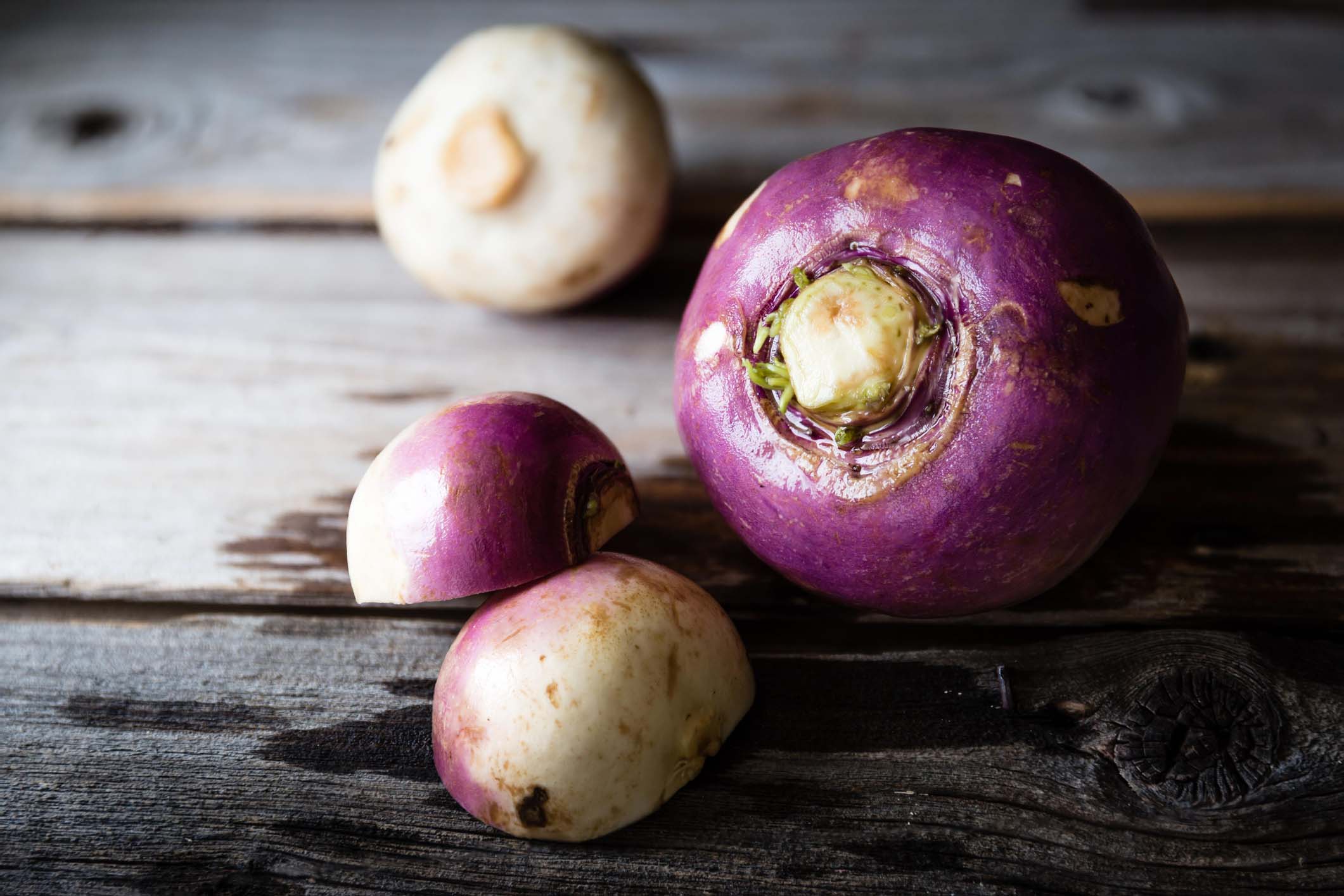Taste the Warmth of Hearty Winter Vegetables

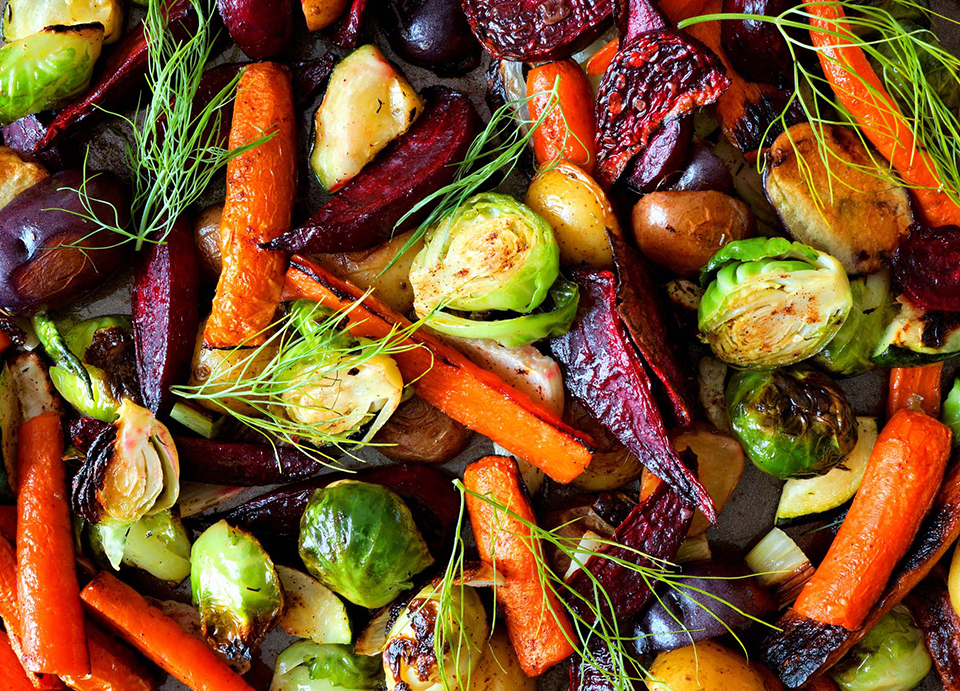
It’s that time of year when the sun sinks too early and you’re ready to light a fire, or at least scented candles. While we might think longingly back on summer and its exuberant offerings of fresh tomatoes, luscious stone fruit and tender baby greens, it’s time to relish in the bounty of winter vegetables. The winter months give us a number of hearty veggies that provide comfort and superb nutrition, not to mention versatility and great taste. I make sure to include a lot of these delicious foods on my winter menus.
Here are some of the most FoodTrient-packed fresh vegetables available this time of year:
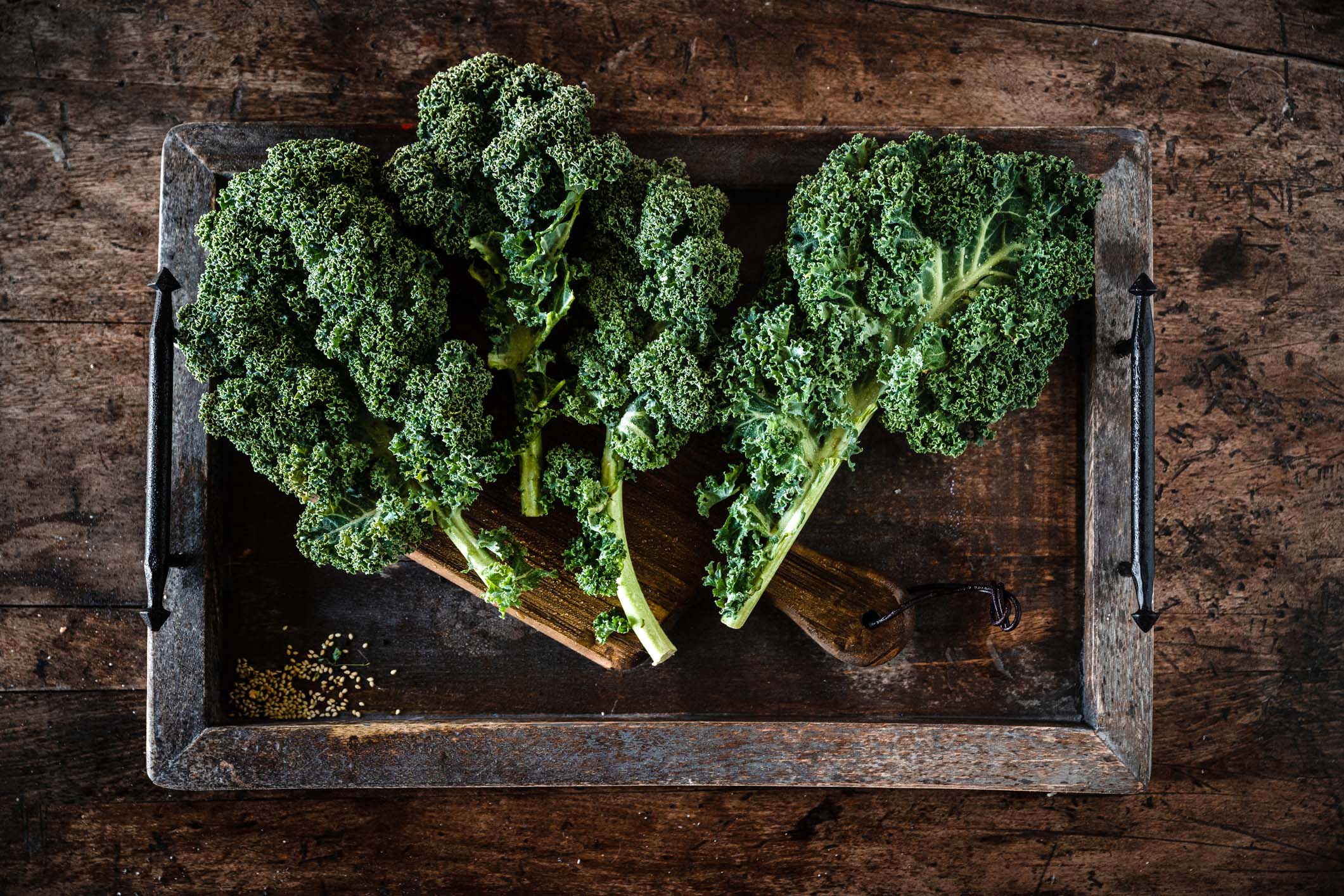 1. Kale – This leafy green is a member of the cruciferous vegetable family, which includes Brussels sprouts, broccoli, cauliflower, cabbage and turnips. Fresh kale is available year-round and is exceptionally nutritious, packed with vitamins—including A, C and K. It is also rich in B vitamins—minerals such as calcium, copper, manganese, potassium and magnesium. It also contains fiber, antioxidants and powerful plant compounds, which may help fight certain cancers.
1. Kale – This leafy green is a member of the cruciferous vegetable family, which includes Brussels sprouts, broccoli, cauliflower, cabbage and turnips. Fresh kale is available year-round and is exceptionally nutritious, packed with vitamins—including A, C and K. It is also rich in B vitamins—minerals such as calcium, copper, manganese, potassium and magnesium. It also contains fiber, antioxidants and powerful plant compounds, which may help fight certain cancers.
2. Brussels Sprouts – Another nutrient-dense cruciferous vegetable, one cup of cooked Brussels sprouts contains 137% of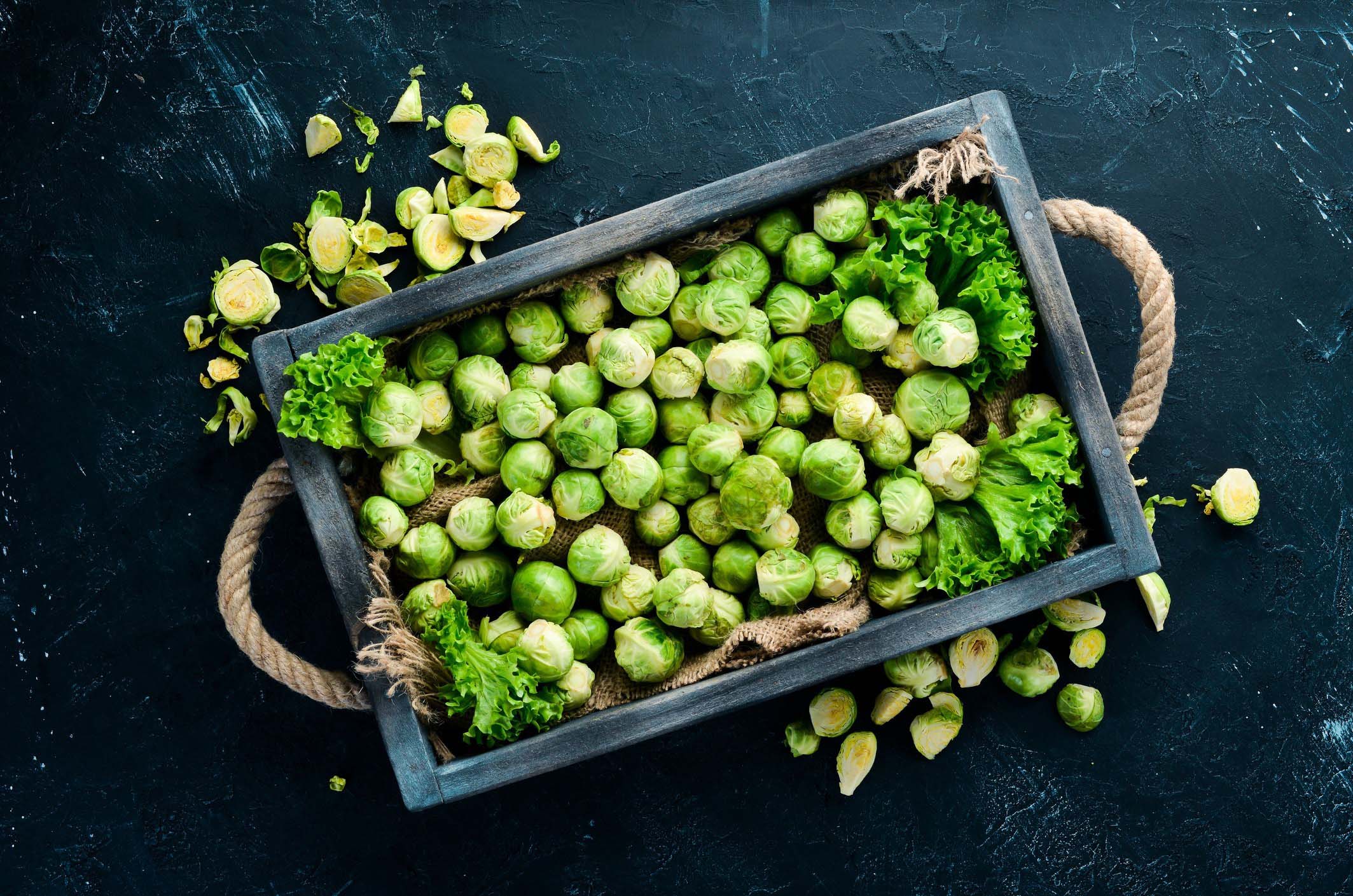 the RDA for vitamin K, which is critical for bone and heart health and brain function. They are high in alpha-lipoic acid, an antioxidant that may reduce high blood sugar levels and increase the body’s sensitivity to insulin, which helps to avoid diabetes.
the RDA for vitamin K, which is critical for bone and heart health and brain function. They are high in alpha-lipoic acid, an antioxidant that may reduce high blood sugar levels and increase the body’s sensitivity to insulin, which helps to avoid diabetes.
3. Carrots – Carrots are always available, but the ones harvested in the winter months are especially sweet. Freezing temperatures turn the starch in carrots into sugar. They’re an excellent source of beta-carotene, which converts to vitamin A in the body. One large carrot has 241% of the RDA of vitamin A, which is essential for eye health, immune function and proper growth. Carrots’ bright color is due to carotenoid antioxidants, which help reduce the risk of chronic diseases.
4. Swiss Chard – Low in calories yet packed with vitamins and minerals, this cold-weather leafy green also has antioxidants that may help reduce the risk of heart disease.
5. Parsnips – Looking very much like a creamy white carrot, parsnips also share with carrots that frigid temperatures during growing and harvest make them sweeter. A cup of cooked parsnips supplies almost 6 grams of fiber and 34% of the RDA of vitamin C. Parsnips are also an excellent source of vitamins B and E, potassium, magnesium and manganese. Parsnips are especially high in soluble fiber, which forms a gel-like substance in the digestive system, which helps with elimination and reducing sugar in the bloodstream.
6. Collard Greens – These are a variety of cabbage that doesn’t form a head, but rather grows a rosette at the top of a long stem. Collard greens taste like a cross between cabbage and kale and can be prepared in any way that you’d prepare spinach or cabbage. Collard greens are a good source of vitamins A and C plus calcium and iron.
7. Rutabagas – This member of the cabbage family is a root that resembles a turnip. Their skin is thin and pale yellow, and the flesh is slightly sweet. They can be prepared any way you’d prepare a turnip. Roasting in the oven with a little olive oil, salt and pepper enhances the sweetness.
8. Red Cabbage – All cabbages are rich in vitamin K as well as a good source of vitamin C and fiber. The added advantage of red cabbage is that its bright red/purple color is due to the presence of flavonoids that function as powerful antioxidants, like those found in blueberries and raspberries. Red/purple cabbage is great in salads, but it’s delicious roasted or sautéed. Just be sure to cook it with acidic ingredients such as vinegar, wine or lemon juice to preserve its brilliant color.
9. Radishes – High in vitamin C and fiber, radishes add a spicy zing to salads, tacos and are delicious roasted or raw for snacking.
10. Parsley – Not just a garnish, this slightly peppery herb is also known for its detoxification properties. It adds a level of fresh flavor when chopped and sprinkled over soups, stews, roasts or added to salads. Curly leaf parsley is readily available year-round, but flat leaf Italian parsley can be a little harder to find at certain times of the year. Parsley is an excellent way to add vitamins A and C to any dish, plus, it’s been suggested that the volatile oils in parsley may inhibit tumors.
Try out these recipes featuring nutrient-dense, comforting winter vegetables.
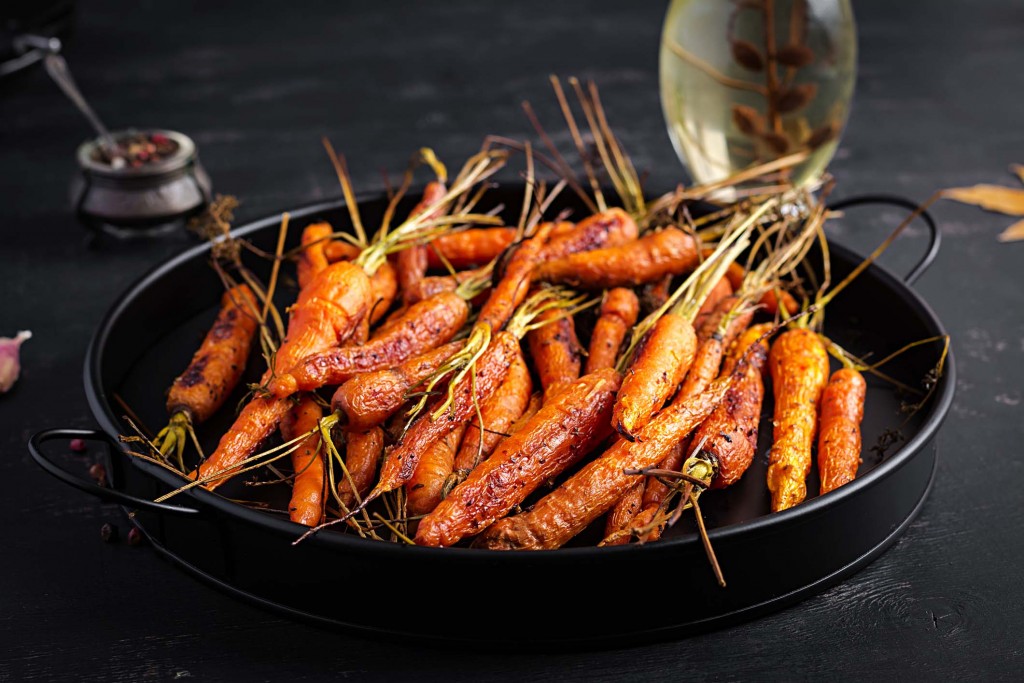
Roasted Carrots and Mushrooms
Serves 4
This recipe couldn’t be easier! Simply toss the raw ingredients together on a rimmed sheet pan, drizzle with olive oil and roast in a hot oven.
Ingredients
1 ½ lb. sliced carrots (rainbow carrots would be stunning!)
10 oz. cremini mushrooms, halved
¼ cup olive oil
3 cloves of garlic, peeled and smashed
3 sprigs of thyme
¾ tsp. caraway seeds
½ tsp. sea salt
¼ tsp. hot paprika plus
1 Tbs. fresh lemon juice
½ cup sour cream
Directions
- Preheat the oven to 450°F.
- Place the vegetables, oil and seasonings on a large, rimmed baking sheet and toss all the ingredients until incorporated.
- Roast for 30 minutes, stirring once, until the vegetables are tender.
- Drizzle with lemon juice, sour cream, chopped parsley and more paprika before serving.
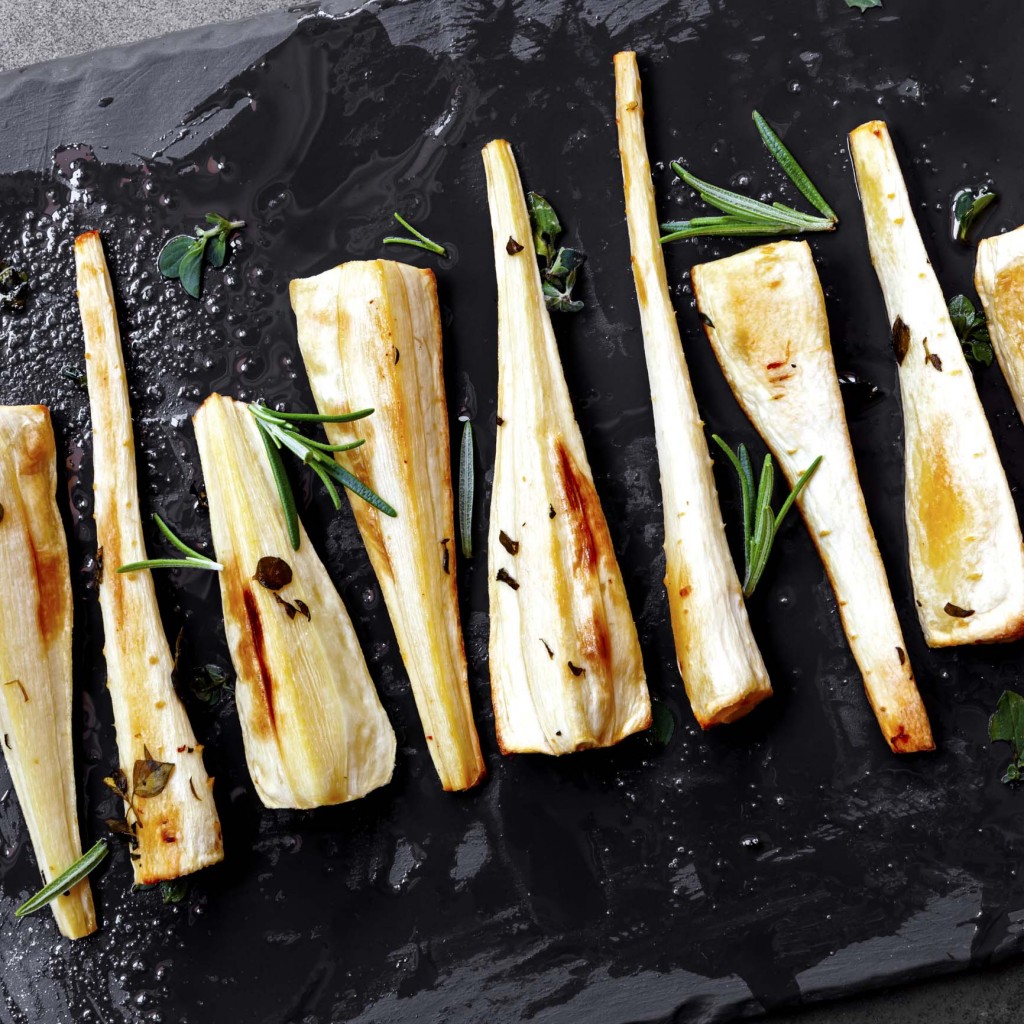
Roasted Parsnips with Rosemary Garlic Butter
Serves 4
Nothing brings out the natural sweetness and earthiness of parsnips like roasting. They go especially well with pork, chicken and other fruits and vegetables such as apples, carrots, pears and spinach.
Ingredients
2½ lb. fresh parsnips, scrubbed and cut in half lengthwise into batons
5 Tbs. butter
2 cloves of fresh, peeled, and roughly chopped garlic
2 tsp. fresh minced rosemary
Salt and pepper to taste.
Chopped fresh parsley for garnish
Crushed red pepper flakes (optional)
Directions
- Preheat oven to 450˚F.
- Spread the parsnips on a rimmed baking sheet.
- Melt the butter in a skillet over medium heat. Stir in the garlic and cook for 20 seconds. Remove from the heat and stir in the rosemary.
- Pour the rosemary garlic butter over the parsnips. Season with salt and pepper. Toss to coat. Spread parsnips out in a single layer.
- Roast the parsnips for 15 minutes. Stir and continue to roast for 8-to-10 more minutes, or until tender. Remove from the oven. Salt and freshly ground pepper to taste.
- Garnish with parsley, crushed red pepper flakes and serve.
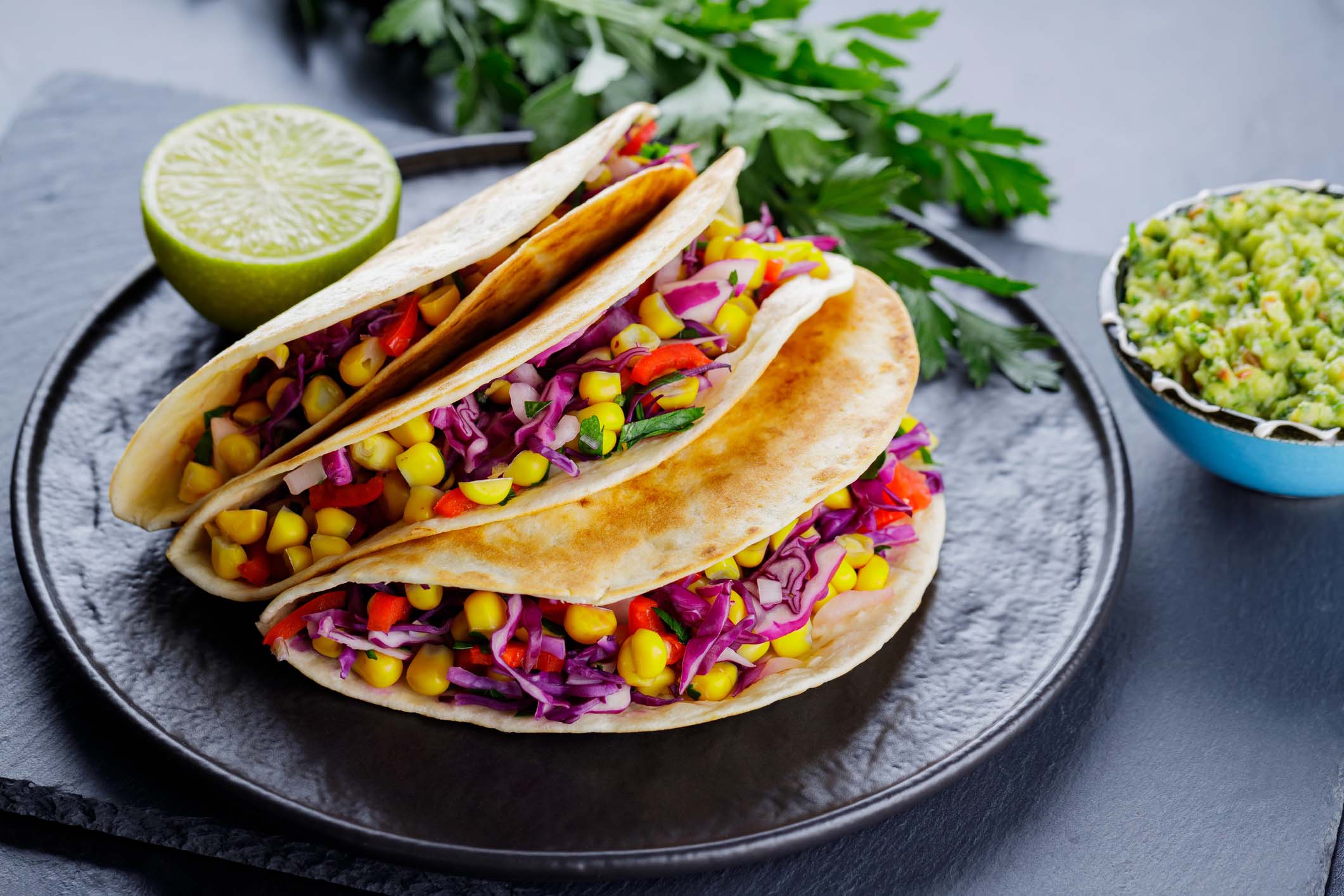 Red Cabbage Tacos with Fresh Corn
Red Cabbage Tacos with Fresh Corn
Serves 4-6
For this recipe you can roast your own chicken, but for the sake of convenience, this is the perfect use for supermarket roast chicken you can pick up on the way home from work. Fresh corn is usually associated with summer, but there are sweet varieties that have become available in supermarkets recently, even in winter.
Ingredients
1 ½ lb. roast chicken, shredded
Juice of 3 limes
3-4 ears of fresh corn
2 tsp. olive oil
1 tsp. chili powder
1 tsp. coriander
1/2 medium-sized red cabbage, finely sliced
1 bunch green onions, finely sliced
6 oz. queso fresca, crumbled
12 flour tortillas, warmed
1 dollop sour cream (optional)
½ cup fresh cilantro leaves
Directions
- In a shallow bowl or plate, stand the corn on end and use a knife to cut off the kernels.
- Heat the olive oil on a medium pan and sauté the corn for about 2 minutes. Add in the chili powder, the coriander and toss.
- In a large bowl, place the cabbage, corn kernels, sliced green onions, and crumbled queso fresca. Add the lime juice, toss and set aside.
- To assemble: Place the chicken on a tortilla, next add the cabbage/corn mixture, top with the sour cream, and cilantro; roll into a taco.
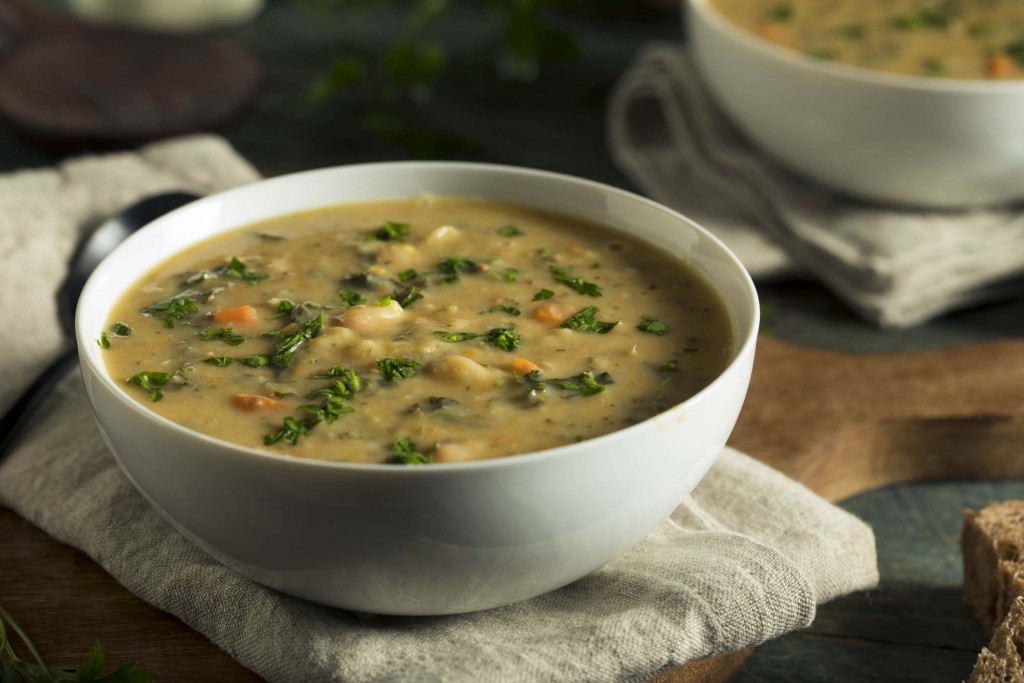
Rainbow Chard and White Bean Soup
Serves 4
This is an easy and satisfying soup to make. You can add in leftover chicken, if you like to make it even more substantial.
Ingredients
4 Tbs. extra virgin olive oil
1 large onion, diced
3 stalks of celery, sliced
3 carrots, sliced into coins
Sea salt
2 15-oz. cans cannellini beans, drained and rinsed
4 cups (1 carton) low sodium chicken or vegetable broth
Juice of ½ lemon
4 cloves of garlic, minced
¼ cup fresh cilantro leaves, chopped
1 bunch of rainbow chard, washed and roughly chopped
Freshly ground pepper
Directions
- Heat 1 tablespoon olive oil in a medium pot over medium-high heat. Add the onion, celery, carrots and 1 tsp. salt and cook until the vegetables are golden brown, about 5 minutes.
- Add the beans and broth, bring to a simmer and cook 10 minutes.
- Meanwhile, heat the remaining 3 tablespoons olive oil in a large skillet over medium heat. Add minced garlic and cilantro and cook until the garlic is soft, about 30 seconds. Stir in the chard, cover and cook until wilted, about 1-to-2 minutes.
- Scrape the contents of the skillet into the pot, add in the lemon juice and simmer until heated through, about 5 minutes. Season with salt and pepper.
So, settle down by the fire (or a bunch of candles) and comfort yourself with some hearty winter vegetables.
